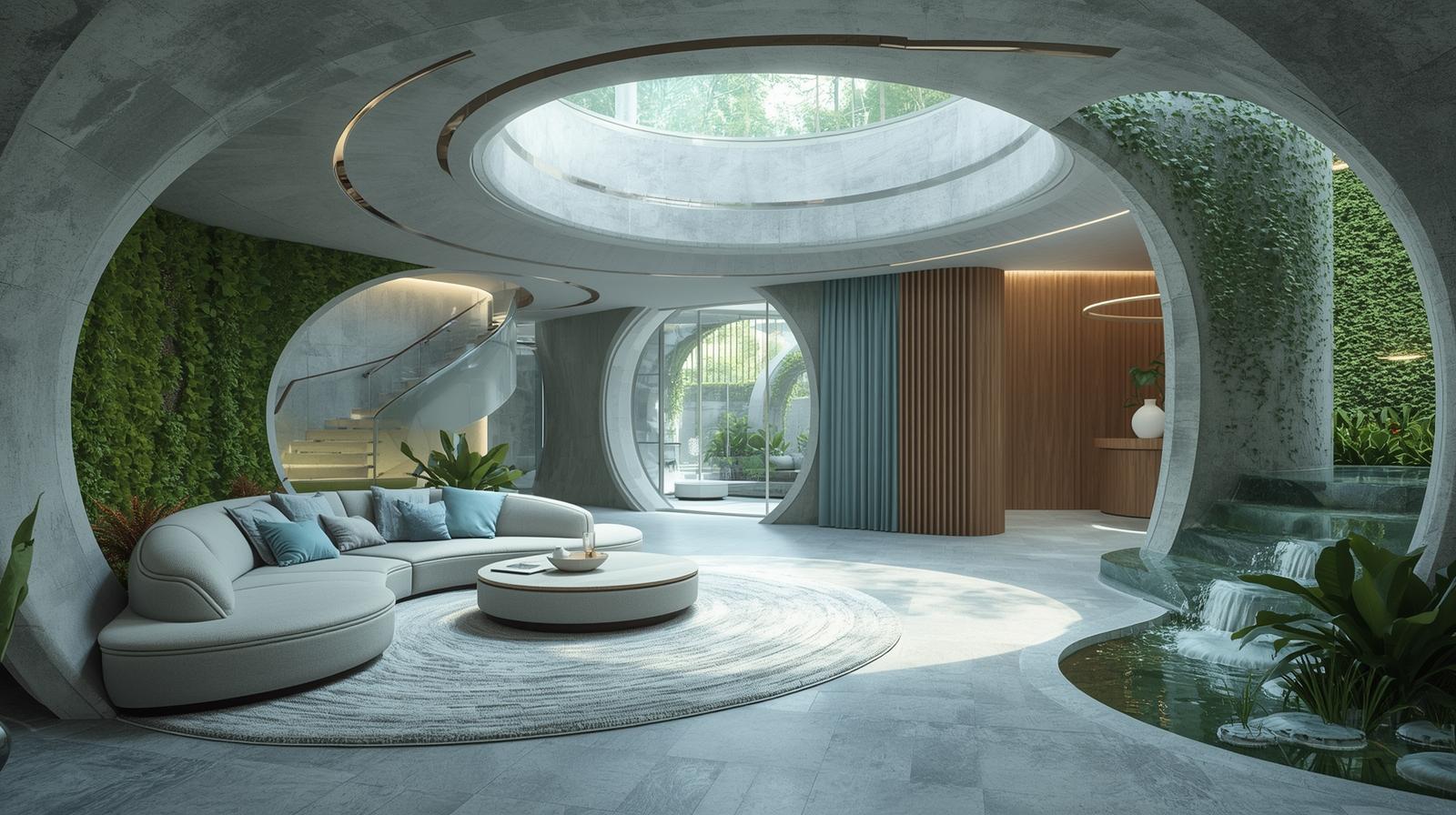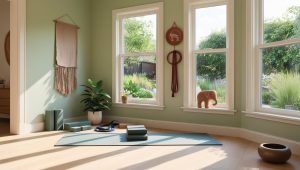
Neuroaesthetic design is an emerging field that bridges neuroscience and design, focusing on how our brains respond to different environments. It is one of the hottest design trends in 2025! It goes beyond aesthetics, delving into how elements like color, lighting, and layout can influence our emotions, cognitive functions, and overall well-being. By understanding these neurological responses, we can create spaces that are not just visually appealing but also emotionally resonant and functionally optimized.
The Emotional Palette: Color Psychology in Design
Color is one of the most powerful tools in a designer’s arsenal. It has a direct impact on our mood and can significantly alter the atmosphere of a space.
- Blues and Greens: These colors are often associated with tranquility and nature. Soft blues are ideal for relaxation areas, bedrooms, or spaces designed to reduce stress.
- Yellows and Oranges: These are energizing and uplifting colors, perfect for creative spaces, offices, or areas where you want to stimulate activity and collaboration.
- Reds: Red is a color of passion and excitement. Use it sparingly as an accent color to draw attention or add a touch of drama.
- Neutrals (Grays, Whites, Beiges): Neutrals provide a calming backdrop and allow other design elements to take center stage. They are versatile and can be paired with any color to create a balanced environment.
It’s essential to consider the intensity and tone of a color. A bright, saturated blue will have a different effect than a muted, pastel blue. Experiment to find the right balance for your desired emotional outcome.
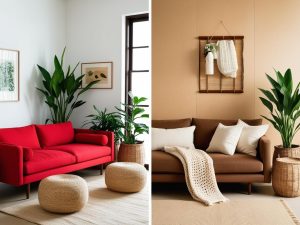
Illuminating Emotions: The Impact of Lighting
Lighting plays a crucial role in shaping our perception of a space and influencing our emotional state. Natural light is generally preferred, as it boosts serotonin levels and promotes a sense of well-being. However, artificial lighting can be strategically used to create different moods.
- Warm Lighting (Yellowish hues): Creates a cozy and inviting atmosphere, ideal for living rooms, bedrooms, and restaurants.
- Cool Lighting (Bluish hues): Promotes alertness and focus, suitable for offices, study areas, and kitchens.
- Dim Lighting: Creates a sense of intimacy and relaxation, perfect for creating ambiance in the evenings.
Smart Lighting and Circadian Rhythms: An exciting trend in neuroaesthetic design is the integration of smart lighting systems that adapt to our circadian rhythms. These systems automatically adjust the color temperature and brightness of the lights throughout the day, mimicking the natural light cycle and promoting better sleep, mood, and cognitive function.
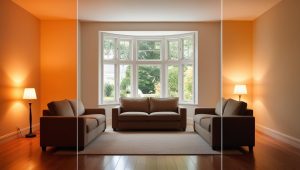
Spatial Harmony: Layout and Emotional Flow
The layout of a space can significantly impact our sense of comfort and emotional well-being.
- Open and spacious layouts: These layouts can promote a sense of freedom and connection.
- Cluttered and confined spaces: These layouts can evoke feelings of stress and anxiety.
Consider the flow of movement through a space. Creating clear pathways and designated zones can help to reduce confusion and promote a sense of order. Biophilic design principles, which incorporate natural elements like plants and natural materials, can also enhance emotional well-being by connecting us to nature.
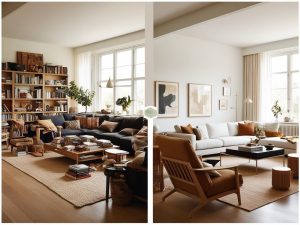
Conclusion: Designing for the Mind
Neuroaesthetic design offers a powerful framework for creating spaces that not only look beautiful but also enhance our emotional and cognitive well-being. By understanding the neurological impact of design elements like color, lighting, and layout, we can craft environments that promote relaxation, creativity, focus, and overall happiness. As our understanding of the brain continues to evolve, so too will our ability to design spaces that truly resonate with the human mind.
| Emotion | Color Family | Best Rooms To Use It In | Effect on Mood |
|---|---|---|---|
| Calm / Peaceful | Soft Blues, Muted Greens | Bedroom, Bathroom, Meditation Space | Lowers stress, slows heart rate, encourages rest |
| Joyful / Uplifted | Warm Yellows, Coral, Peach | Kitchen, Breakfast Nook, Entryway | Boosts mood, energy, and social interaction |
| Grounded / Safe | Earth Tones (Terracotta, Taupe, Sand) | Living Room, Den, Hallways | Promotes stability, comfort, and connection |
| Creative / Energized | Bold Teal, Citrus Green, Magenta | Studio, Office, Playroom | Sparks innovation, playfulness, and focus |
| Luxurious / Romantic | Deep Burgundy, Plum, Navy | Dining Room, Bedroom, Lounge | Adds depth, sensuality, and intimacy |
| Fresh / Clean | Crisp White, Light Gray, Sky Blue | Bathroom, Laundry, Kitchen | Evokes clarity, hygiene, and simplicity |
| Warm / Cozy | Rust, Mustard, Olive | Reading Nook, Basement, Fireplace Area | Encourages relaxation, nostalgia, and warmth |
| Balanced / Harmonious | Sage, Soft Lavender, Greige | Living Room, Shared Spaces | Helps unify elements and accommodate diverse tastes |


 Facebook
Facebook
 X
X
 Pinterest
Pinterest
 Copy Link
Copy Link
